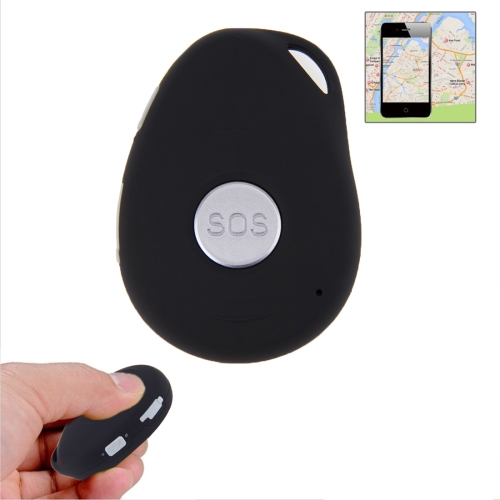How To Ensure Your Lone Worker Alarm Is Always Effective
When most people think of alarms, the first thing that comes to mind is probably a fire alarm. Smoke detectors and other similar devices are designed to quickly alert people in the event of a fire, allowing them time to evacuate the building before it becomes engulfed in flames. While this type of alarm is undoubtedly important, there are other types of alarms that can be just as vital- particularly for lone workers. A lone worker alarm is a device or system that sends an emergency notification to a supervisor or colleague when a worker is feeling unsafe or in danger. In some cases, it may even provide GPS coordinates so that authorities can be dispatched immediately. If you're responsible for ensuring the safety of lone workers in your organization, it's important to understand how these alarms work and how they can be made more effective.
The first step is understanding why lone worker alarms are necessary. According to statistics from Safe Work Australia, one out of every five workplace fatalities occur during working hours but away from the employer's premises. What's more, almost two-thirds of these fatalities happen while employees are performing tasks alone. Clearly, then, there is a need for systems that allow employers to keep track of their workers' safety at all times. Lone worker alarms fulfill this need by providing a way for employees to quickly and easily notify their supervisor or colleagues of potential danger.

There are two main types of lone worker alarms- personal alarms and area-based alarms. Personal alarms are designed to be worn by the lone worker at all times, usually in the form of a bracelet or pendant. These devices typically include a button that, when pressed, will send an emergency notification to a pre-determined list of contacts. Area-based alarms, on the other hand, are designed to be placed in specific locations where lone workers are likely to be working. These devices can be activated either manually or automatically, and they too will send an emergency notification to a list of contacts.
When choosing a lone worker alarm system, it's important to consider both the type of alarm and the features that are most important for your needs. For example, some systems may include a two-way radio so that the lone worker can communicate directly with their supervisor. Others may include a panic button that, when pressed, will trigger an immediate emergency response. There are also systems that integrate with existing security infrastructure, such as CCTV cameras. By understanding the different types of alarms and features available, you can choose the system that's best suited for your organization's needs. To receive additional information on man down nz kindly look at Loneworkeralarms.

Once you've selected a lone worker alarm system, there are a few steps you can take to ensure its effectiveness. First, make sure that all employees who work alone are aware of the system and know how to use it. This may seem like a no-brainer, but you'd be surprised how many people forget to activate their alarm or don't know how to properly use the features. Second, conduct regular testing of the system to ensure that it's working correctly. And finally, make sure to review the system on a regular basis to ensure that it's still meeting your needs.
By following these tips, you can ensure that your lone worker alarm system is always effective. By keeping your employees safe, you can help create a healthier and more productive workplace for everyone.
Comments
Post a Comment